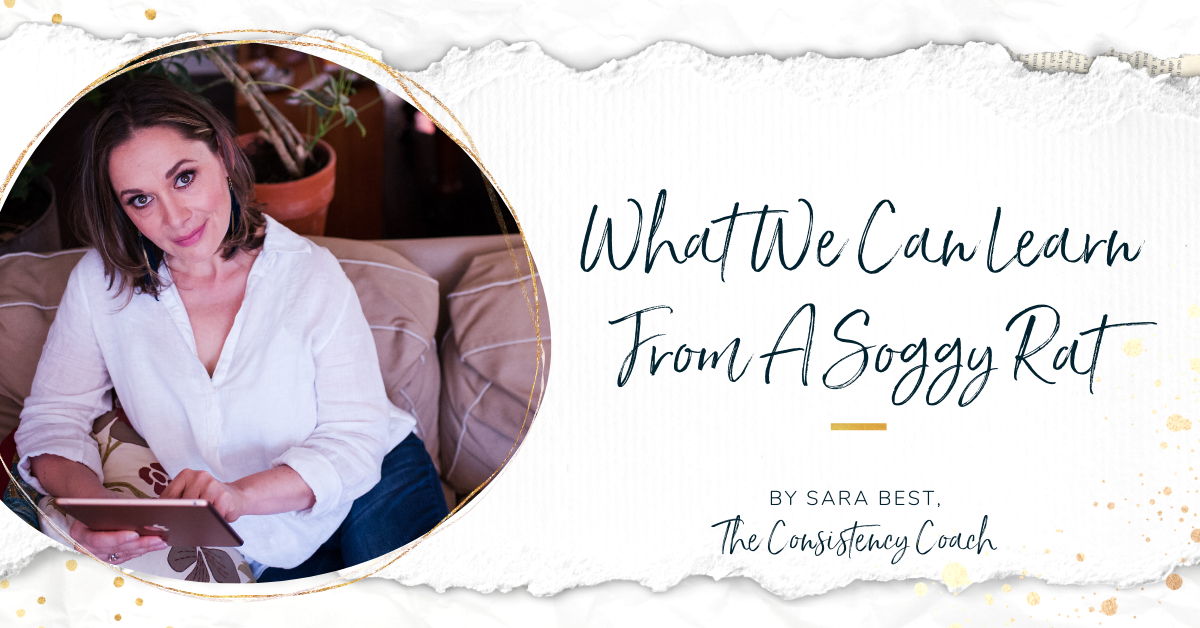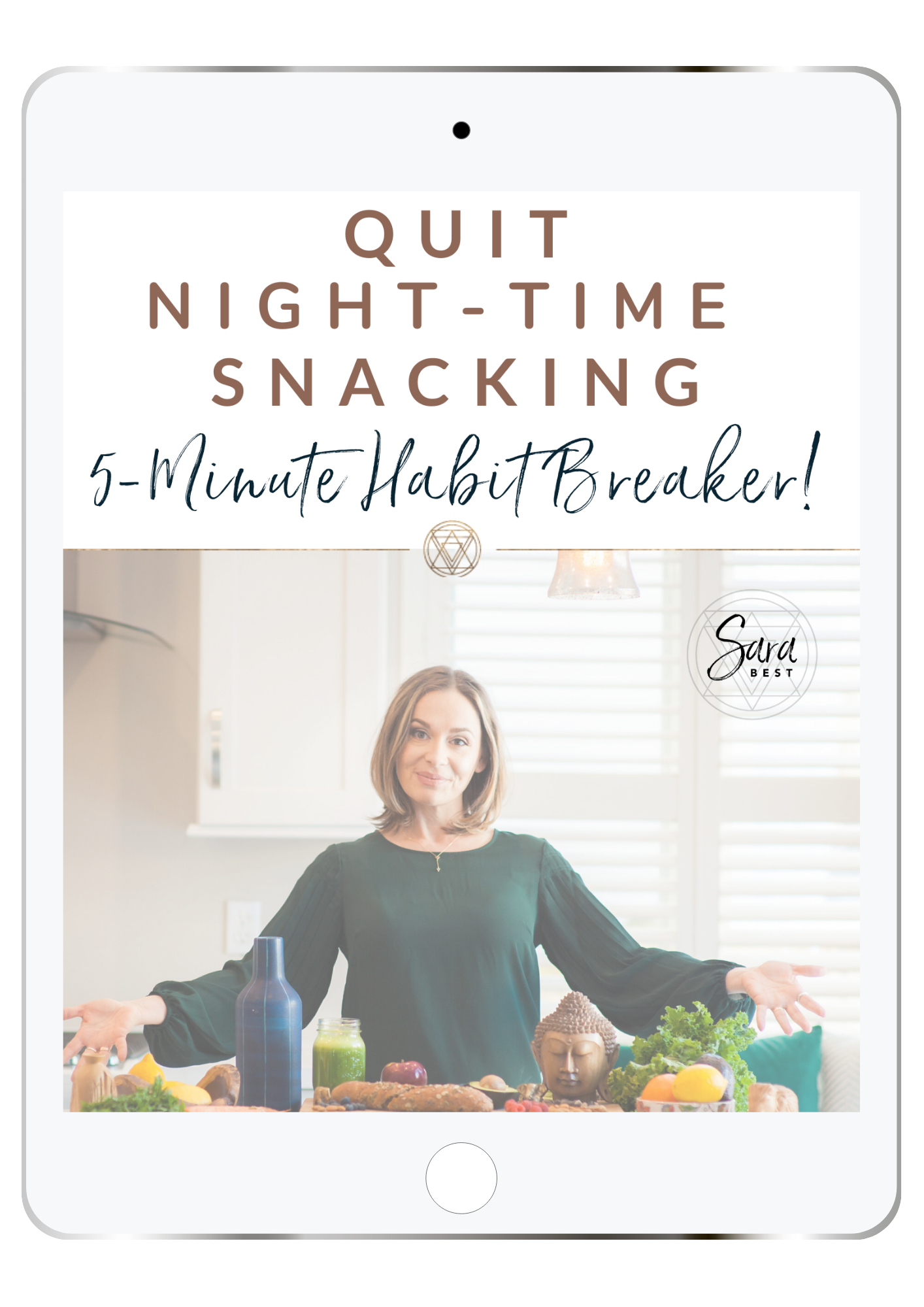
There’s an experiment that’s been conducted hundreds of times in hundreds of labs around the globe. Sometimes it’s done with rats, sometimes with dogs, sometimes with broke college students.
When this particular experiment is done with rats, scientists take one rat and put it in what they call a “shuttle box.” This is a box with a floor that gives off electric shocks periodically – they’re not painful necessarily, but really unpleasant.
After they zap the little guy for a while and he’s very unhappy, a small door in the shuttle box opens. The rat sees an opportunity to escape! He makes a run for it, exits the box, and his little brain floods with dopamine as he learns that escaping the shocks is an attainable goal and that he’s figured out how to do it. Hurray!
Thanks to the dopamine, he will forever remember that if you’re feeling the pain of electric shocks, there is a way out: when you see a small door open – run for it!
A different rat is put into a tank of water. Rats can swim, but they don’t enjoy it and rat number two wants to get out of the water as fast as possible.
He swims and swims as hard as he can to try to escape, but no matter how hard he swims, he’s still in the water. After trying for a long time, failing again and again, and feeling more and more hopeless, the dopamine levels in his brain begin to drop severely as he begins to see that his goal as unattainable. When this happens he gives up and just floats.
The most heart-breaking part of the experiment isn’t little rat number two paddling for his life and ultimately giving up. The most heartbreaking part is when the scientist takes the soggy little guy out of the tank and puts him into the shuttle box…
Unlike the first rat who, if returned to the shuttle box will have a belief in his capacity for escape and start actively looking for the door (aka “hope”), the second rat will simply sit there and take the shocks, even if the door is opened for him. Given his experience in the water, he now believes that there is no hope for escape no matter what he’s experiencing.
Psychologists call this phenomenon, “learned helplessness” and it’s a pretty sad story.
When scientists do this experiment on humans, they don’t use electric shocks and near-drowning (frowned upon). Instead, they subject two groups of people to an incredibly loud and uncomfortable noise.
One group is quickly shown a way to stop the noise and they take it. Just like with the first rat, the subsequent dopamine reaction in their brain teaches them that they can do something to help themselves and they continue to actively search for solutions in other situations they’re put into immediately afterward.
The second group is subjected to the same awful noise with all kinds of “dummy” switches and dials in the room – none of which do anything to stop the sound. After trying for a long time, they eventually give up and stop looking for ways to deal with the discomfort. And, when put into other similarly uncomfortable situations immediately afterward, they tend to simply tolerate the pain and discomfort rather than even looking for a way to help themselves.
They are experiencing “learned helplessness.”
Pretty depressing stuff, right? However, sometimes there’s a happy ending. Not for the rats I’m afraid, but for our human subjects.
The very last part of the experiment usually has the scientists explain to the participants in the second group that the whole thing was intentionally set up for them to fail in order to observe how they would react.
And this changes everything.
Once they are shown that the game is rigged, their hope is restored and if they are subjected to another round of challenges after having that awareness, their motivation to find new ways to help themselves is restored.
My question is, can you relate to the soggy rat?
Do you think that you might be experiencing this phenomenon of “learned helplessness” when it comes to your journey with weight loss and eating?
Do you feel like you’ve been forever paddling in this tank of being “good” for a day or a few days and then falling right back into your old habits again and again and again? And, if so, can you sympathize with the rat in the tank who eventually just gives up and floats?
You are experiencing “learned helplessness” and it’s a very real thing that’s been done to you!
Well, just like those scientists did for the folks listening to the horrible noise, I’m here to set you free by telling you that the diet game is rigged.

Diets teach you to do everything wrong by teaching you to do everything your brain hates most.
Your brain hates deprivation – diets are built on a foundation of deprivation.
Your brain hates failure – failure is inevitable with all diets.
Your brain hates to feel uncomfortable – diets force you to feel deprived constantly.
This approach of telling you that you have to do all the things your brain hates most is a recipe for disaster and it’s exactly why the game is rigged against you.
It’s why so many of us eventually just give up and float. And why, even when we’re shown a door, we just assume that success is impossible.
But now you know. Now you can see that the game is rigged. It was rigged all along.

You do have the capacity for change. You do have the ability to create a relationship with food that feels peaceful, easy, and healthy.
But you don’t do it by fighting your own brain.
Instead, we need to start by learning a bit more about how our brains work when it comes to food, and then take an approach that is naturally in line with what our brains want.
I’m talking about things like:
- Ditching “all-or-nothing thinking”
- Reframing your idea of a “treat”
- Becoming a more mindful eater
- Managing the “mean voice” in your head
These are all things that my students learn during my Change Your Brain – Change Your Body (CYB) program. They form the foundation of an entirely new relationship with food – one that saves us from the effects of “learned helplessness” and puts us back in the driver’s seat!





I needed this today. Signed up for the challenge even though I’ve done it and part of CYB. Just need to be recharged and reminded.
Yikes😬 gotta love science 🤗 and be wary of advertising 🤔
This way of reprogramming makes a lot of sense to me. Ive tried every diet and put back on the weight I lost and more.
I’m so exiceted to experienceing a more practical and mindful way, thank you Sarah
I guess that’s why I blew it. After 2 days of doing good I woke up last night around midnight and ate 3 bowls of cereal and a strawberry sandwich.
I think my biggest challenges have been the “all or nothing thinking” and the “mean voice.” These really seem to be big hurdles for me.